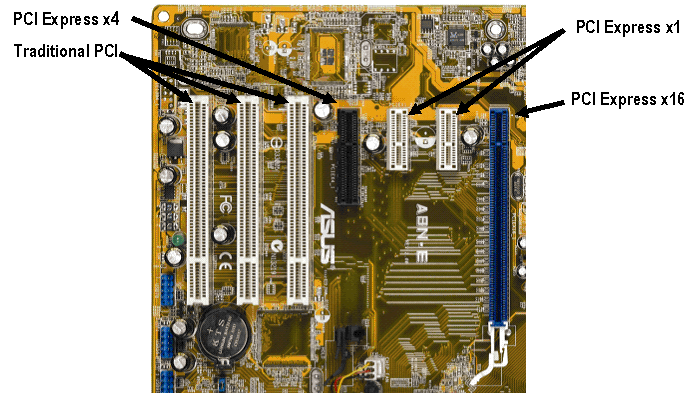
Figure 4. Most motherboards have a combination of PCI and PCI Express slots
It is important when choosing a computer to make sure that the PCI Express connectors are wired to the physical connection size. For instance, some vendors use motherboards with x8 connectors that are wired as x4. Devices in these slots will only operate at x4 data rates. In the case that you are up-plugging a PCI Express device, make sure that the computer you are using supports up-plugging at the maximum data rate supported by your device. The PCI Express specification only requires up-plugging to operate at the x1 data rate. This could result in a x4 device that is plugged into a x8 connector to operate at x1 data rates (250 MB/s).

1 comment:
I really like this amazing post. Sbobet777 login, Online Slot, Joker688. Joker138, Joker Slot APK
Post a Comment